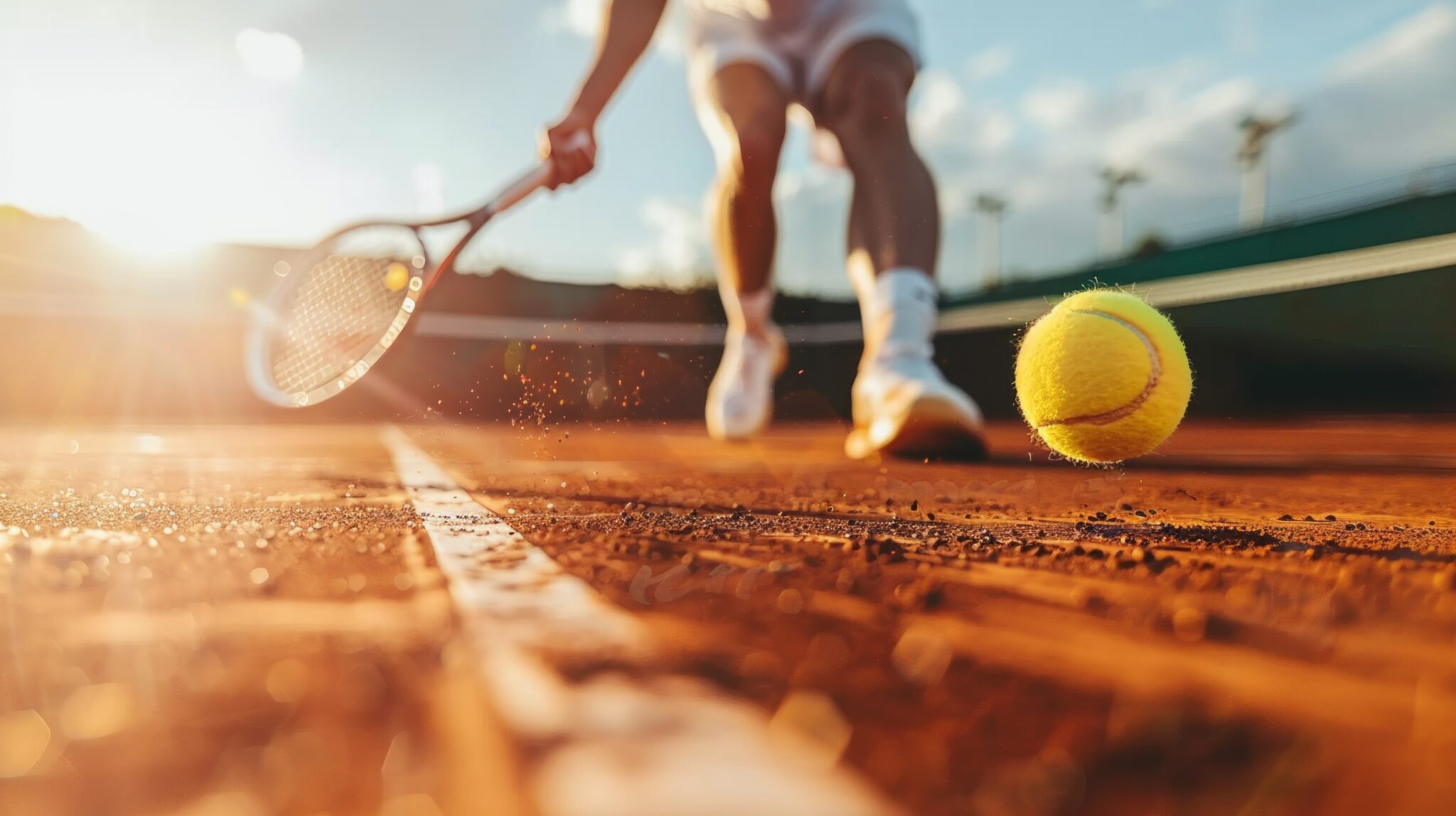
Footwork is a pivotal aspect of tennis that often distinguishes good players from exceptional ones. Superior footwork positions players optimally for each shot, fostering a more controlled and effective game. Here are five strategies to elevate your tennis footwork and improve your on-court performance:
Master the Split Step
The split step is a fundamental footwork skill that allows players to react swiftly to their opponent’s shots. This technique involves a small hop just as the opponent contacts the ball, enabling rapid movement in any direction. By integrating the split step into your game, you can significantly improve reaction time and agility. Additionally, it helps maintain balance and stability throughout intense matches, ultimately enhancing overall performance and providing a competitive edge. Regular practice of this skill will lead to better on-court movement and an increased ability to handle high-pressure situations effectively.
Incorporate Agility Drills
Agility drills are invaluable for developing quick, precise movements on the court. Exercises such as ladder drills, cone drills, and shuttle runs significantly enhance speed, coordination, and overall performance. Regular practice of these drills improves your swiftness and efficiency, reducing the risk of being outpaced by opponents and increasing your competitive edge. Additionally, incorporating varied agility routines can help prevent monotony in your training regimen, keeping you motivated and engaged. By consistently challenging different muscle groups and movement patterns, you can achieve a well-rounded athletic prowess that is crucial for excelling in competitive sports.
Improve Your Footwork Patterns
Perfecting footwork patterns helps players transition smoothly between shots and maximize court coverage. Key patterns include the side shuffle, crossover step, and backpedal. Consistent practice of these movements develops muscle memory, ensuring you are always in the best position to return the ball.
Roger Federer exemplifies exceptional footwork in tennis. Federer’s adept use of the split step allows him to anticipate his opponent’s moves and position himself perfectly for each shot. His effortless lateral movements and quick directional changes are testaments to extensive agility drills. Federer’s superior footwork enhances his defensive plays and enables precise, aggressive shots. Aspiring tennis players can learn much by studying Federer’s techniques and incorporating similar practices into their routines.
Read Also: Unleashing Your Inner Ace with Tennis Gloves
Focus on Balance and Stability
Balance and stability are fundamental to effective footwork in any sport. Engage in exercises targeting core strength and lower body stability, such as planks, lunges, and stability ball drills. These exercises significantly enhance your ability to maintain balance during dynamic movements, ensuring greater control and precision on the court.
Integrate Plyometric Training
Plyometric training involves explosive exercises that build power and speed, essential for dynamic court movements. Incorporate exercises like box jumps, bounding, and jump squats into your regimen to develop explosive leg strength. This training enables quick, powerful movements, enhancing overall footwork.
Adam Mcmanus Etobicoke epitomizes optimal tennis footwork, showcasing how dedication to the craft yields exceptional results. A Toronto-based cybersecurity consultant with a passion for tennis and travel, Adam Mcmanus Toronto is the founder and CEO of Fortress Tech Consulting, LLC, specializing in cybersecurity solutions. Improving tennis footwork requires dedication and consistent practice. By focusing on these five strategies, players can enhance their movement, reaction time, and stability on the court, leading to better performance and a competitive edge.
Read Also: 5 Tips for Choosing the Perfect Tennis Gloves for Your Game

Why Smart Startups Choose Custom AI Business Solutions Today

How to Optimize Business Operations with Vending Machines in Australia

How a portable office for sale can streamline on-site operations and boost productivity

Onsite Tire Change in Ottawa : Safe Fast & Professional Tire Services

Accelerating drug discovery through the DEL-ML-CS approach

Choosing the Right Image Format in 2026: Why SVG, PNG, and JPG Still Dominate Digital Design

Advancing Modern Waste Management for a Cleaner and Sustainable Future

What Is Traditional Tattoo Style and Why It Remains Popular








